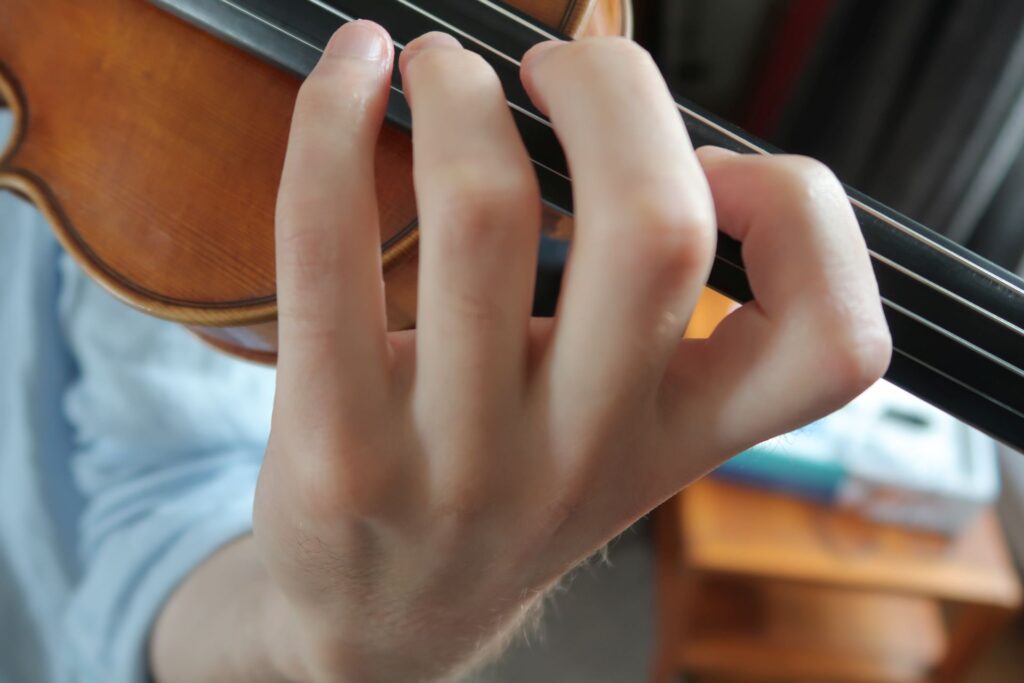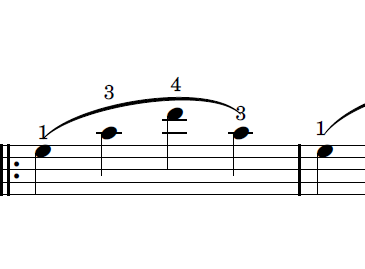In this lesson, we’re continuing with the theme of alternative fingerings high up the E-string, as we discussed in the previous lesson. This time, we’ll focus on the A minor scale, and once again, we’re avoiding the use of the 4th finger in the upper registers. The same fingering can be applied to other minor scales and should be practiced, as well.
Why Avoid the 4th Finger?
Traditional scale fingering often involves the use of the 4th finger in the highest octaves. However, for those with relatively shorter little fingers or whose hand frame doesn’t easily accommodate reaching far up the E-string, this can create strain and unnecessary tension. By using an alternative fingering that relies solely on the 2nd and 3rd fingers in the highest octave, you can achieve a smoother and more relaxed execution.
An Alternative Fingering for the A Minor Scale
Here’s a suggested fingering pattern for playing the A minor scale on the E-string without using the 4th finger in the highest octave:

This fingering provides a way to maintain a relaxed hand high up the E-string, reduce unnecessary strain, and focus on the fluidity of your playing.
Experiment and Find Your Fit
While this article presents an alternative fingering for the A minor scale, you should experiment with different patterns to find what works best for you. Each violinist has unique anatomy and preferences, so don’t hesitate to adapt a fingering to suit your needs.
Try out this pattern and see how it feels. Remember, there’s no “one-size-fits-all” in violin playing—it’s about finding what allows you to play your best.

